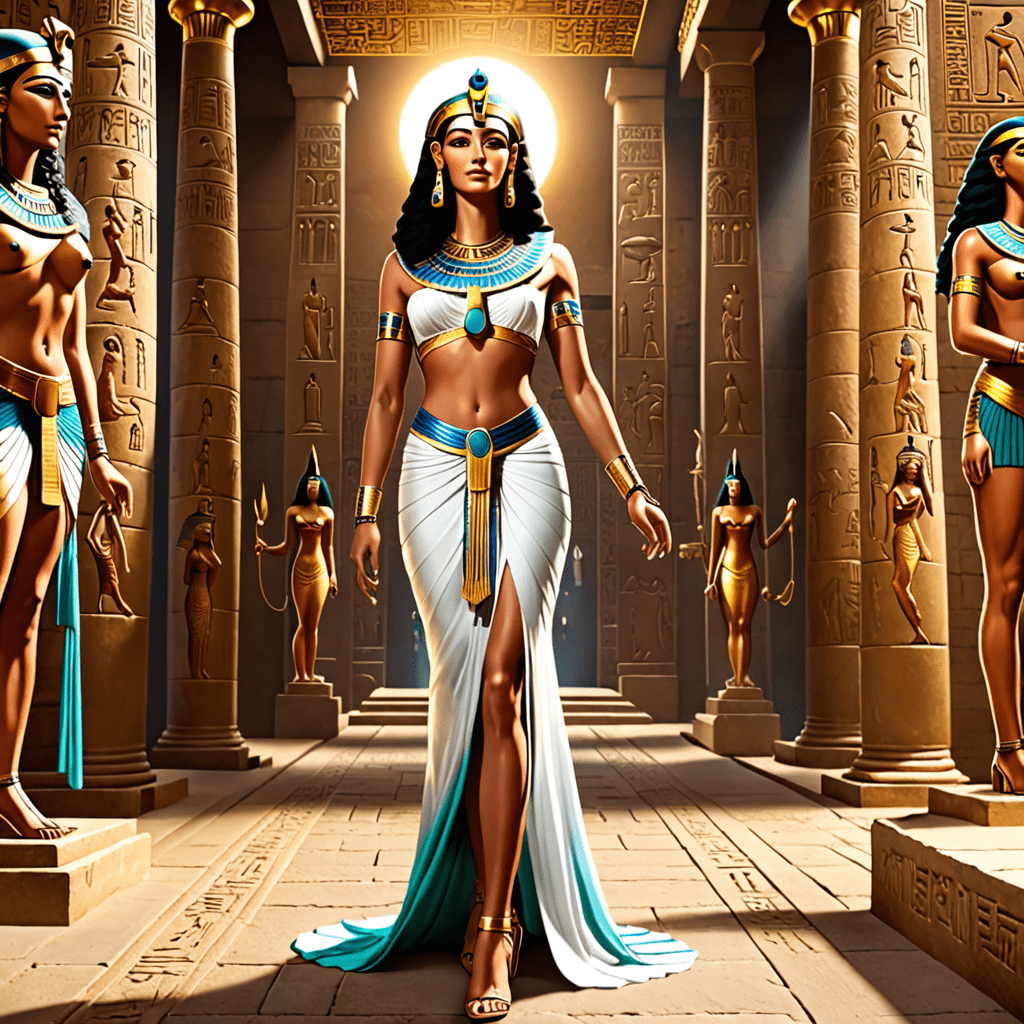The Myth of the Goddess Meret in Ancient Egypt
Discover the captivating tale of the goddess Meret, a prominent figure in ancient Egyptian mythology, revered for her fascinating story and significance in religious beliefs.
Who was Goddess Meret?
Goddess Meret, also known as Meretseger, was a protector deity in ancient Egyptian mythology associated with the Theban Necropolis. She was often depicted as a cobra or as a woman with the head of a cobra, symbolizing her protective and fierce nature. Meret was considered the guardian of the Valley of the Kings, overseeing the sacred burial grounds of pharaohs and nobles.
What was Goddess Meret’s Role?
Meret was believed to offer protection to the deceased and their tombs, ensuring a peaceful afterlife and safeguarding the souls on their journey to the underworld. The goddess was also associated with fertility, emphasizing the cyclical nature of life, death, and rebirth in ancient Egyptian beliefs. Worshippers would invoke Meret’s favor to seek protection, fertility, and blessings.
What Symbols Represented Meret?
In art and inscriptions, Meret was commonly depicted as a cobra or as a combination of human and snake features, highlighting her connection to protection and fertility. The cobra was a potent symbol in ancient Egypt, representing both danger and protection. Additionally, Meret’s association with the Theban Necropolis and the desert hills led to her being linked with the cobra, a creature that dwelled in rocky crevices. The cobra’s ability to strike fear in those who trespassed added to Meret’s role as a guardian.
Why was Goddess Meret Revered?
Meret held a vital role in ancient Egyptian funerary practices, ensuring the safety and preservation of the deceased in the afterlife. As a symbol of protection and fertility, worshippers sought her intercession in various aspects of life, including safeguarding tombs, promoting agriculture, and aiding in the cycles of nature. Her presence in the mythology and religious practices of ancient Egypt emphasized the community’s reverence for the divine forces that governed their existence.
FAQs about the Myth of the Goddess Meret in Ancient Egypt
Who is Goddess Meret in Ancient Egyptian mythology?
Goddess Meret, also known as Meretseger, was a deity associated with the Theban necropolis hills. She was believed to protect the workers and bless the tombs in the afterlife.
What was the role of Goddess Meret in Ancient Egypt?
Goddess Meret was seen as a benevolent deity who watched over the tombs and punished those who did not respect them. She was also associated with healing and fertility.
Is Goddess Meret part of any famous Egyptian myths?
While not as prominent as some other Egyptian gods and goddesses, Goddess Meret played a crucial role in the beliefs and rituals surrounding death and the afterlife in Ancient Egypt.



